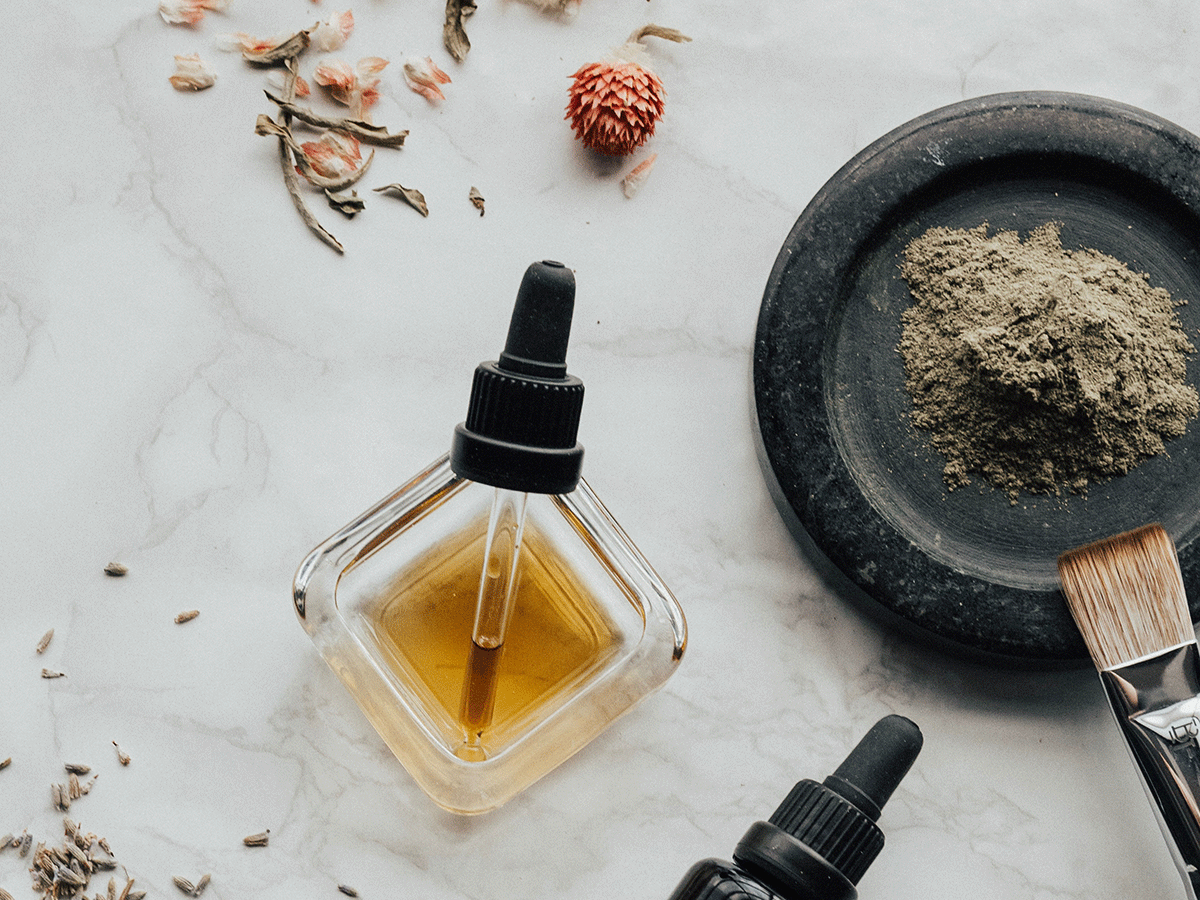
The use of facial oils during the fall and winter months can make a difference in your skin care routine. Facial oils contain nutrients, including essential fatty acids and antioxidants that can help seal in moisture to keep the skin hydrated during the cold, dry months. However, the type of facial oil that’s best for you will depend on your skin type.
Below, the facial oils that can help keep your skin supple. Remember, oil should be applied after your day and nighttime moisturizer.
(Related: 21 Dry Skin Home Remedies to Add to Your Beauty Routine ASAP)
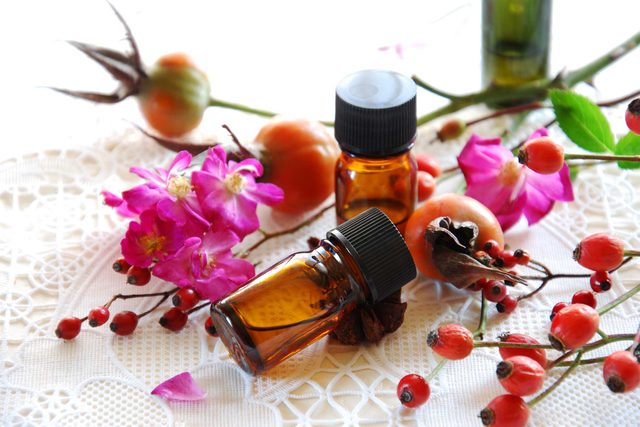
Rosehip oil
Rosehip oil is rich in beta-carotene, retinoic acid, and essential fatty acids (omega-3 and omega-6), which are vital to skin health. This skin saviour is revered for its nourishing properties. It’s commonly used to treat concerns associated with dehydrated and mature skin. Rosehip powder may offer anti-aging benefits, including keeping the skin hydrated and moisturized, according to a 2015 study published in Clinical Interventions in Aging. The researchers found participants who took rosehip powder—supplied by the manufacturer Hyben Vital—orally saw improvements when it came to skin moisture. Pura D’Or is our choice for 100 percent organic rosehip seed oil that’s cold-pressed and unrefined with no chemicals.
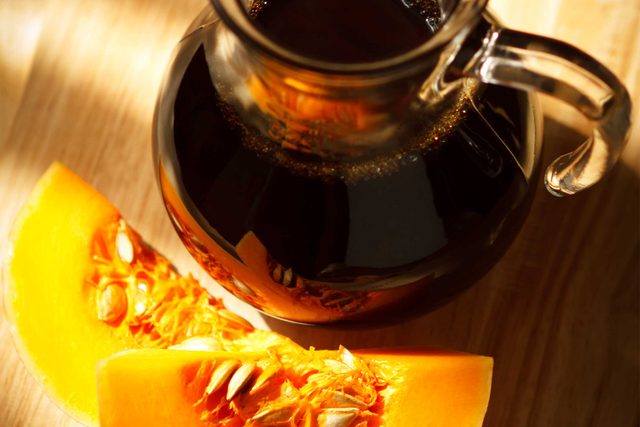
Pumpkin seed oil
Organic pumpkin seed oil is packed with skin-softening vitamin E, blemish-busting zinc, free radical-fighting antioxidants, and nourishing omegas. It’s touted for its abilities to do, a variety of things. It’s great for acne-prone, dehydrated, and mature complexions—meaning you can share it with a wide variety of people. In case you’re concerned about using facial oils on acne-prone skin, rest assured that they don’t clog pores or cause breakouts, according to Snehal Amin, MD, FACMS, FAAD, a board-certified dermatologist in New York City.
(Related: The Best Benzoyl Peroxide Acne Treatments to Try Right Now)
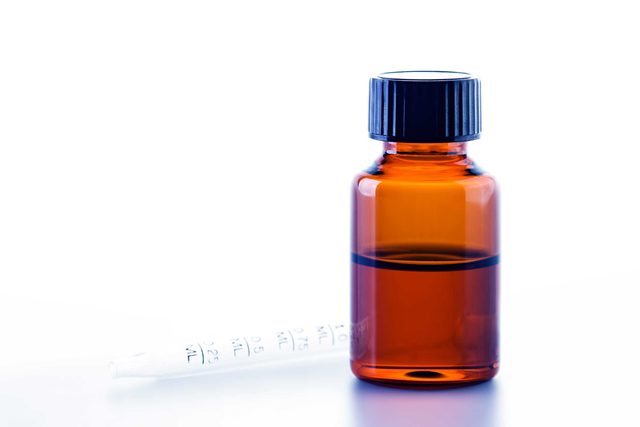
Blue tansy oil
This rare oil is extracted from the blue tansy flower (also known as Moroccan chamomile). And as the name would suggest, it’s actually blue. Its vibrant colour comes courtesy of azulene, which also lends its powerful anti-inflammatory and antibacterial properties. Blue tansy’s ability to clear congested pores, kill blemish-causing bacteria, and reduce redness make it one of the best oils for acne-prone complexions. Keep in mind that pure blue tansy essential oil needs to be mixed with a carrier oil, like sunflower, jojoba, or avocado. You can purchase a botanical blend like Herbivore Lapis Facial Oil, which combines blue tansy, squalane, and jasmine sambac.
(Related: Should You Buy Organic Skin Care? What Dermatologists Want You to Know)
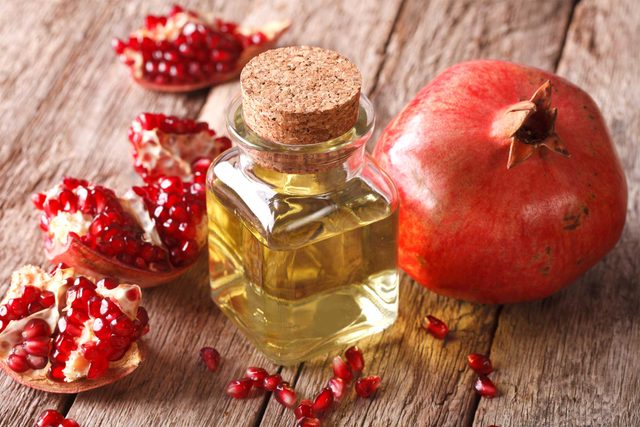
Pomegranate seed oil
Pomegranate seeds are a popular healthy snack. But you might be surprised to find out that your skin can enjoy the benefits of this antioxidant-rich fruit too. Pomegranate seed oil has an abundance of antioxidants and omega-5 fatty acid (punicic acid) as well as anti-inflammatory and anti-aging properties. “It helps increase collagen production and fights free-radicals, which are linked to premature skin aging,” Dr. Amin says. “It also promotes cell renewal, which helps boost elasticity and diminishes the appearance of fine lines and wrinkles.” Overall, it’s a great natural ingredient to keep your complexion looking youthful, Amin adds.
(Related: Facial Cupping Will De-Puff Your Face While Relieving Built-Up Tension)
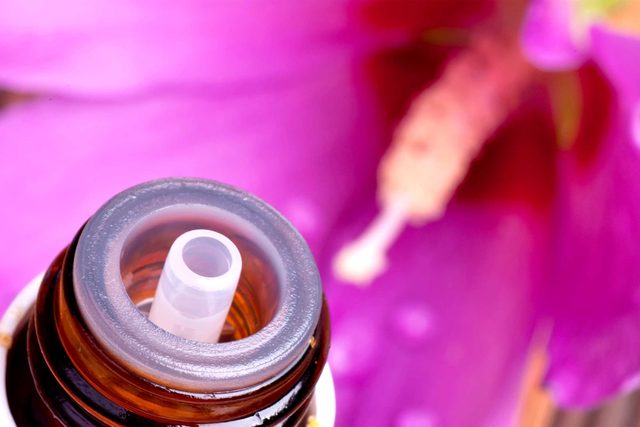
Hibiscus oil
Hibiscus blooms are popular in food and beverages—you’ve probably seen this fragrant flower on the ingredient lists of some of your favourite hot and iced teas. But what about the seeds? Cold-pressed hibiscus oil, derived from the nutrient-rich seeds, is rich in youth-boosting antioxidants, vitamin E, and essential fatty acids. Slather some on nightly to increase moisture levels, decrease fine lines, and improve elasticity.
(Related: A Decade-by-Decade Guide to Changing Up Your Skin Care Routine)

Sunflower oil
You might think of sunflower oil (Helianthus annuus) as belonging in your kitchen cabinet rather than the medicine cabinet, but then you’d be missing out on its many skincare uses. Sunflower seeds are cold-pressed to create a golden oil loaded with linoleic acid, tocopherols, and vitamins A, D, and E. It’s healthy for cooking and can boost moisture when applied to complexions affected by winter weather. “It’s an emollient and great source of vitamin E, which helps hydrate and soften skin,” Dr. Amin says. Plant Therapy Sunflower Oil is nourishing on its own and is a terrific carrier oil for essential oils, like tea tree and blue tansy.
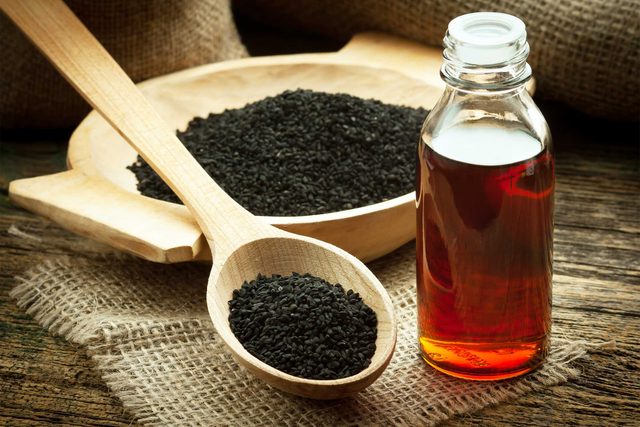
Black cumin seed oil
The oil, from the nutrient-rich seeds of the Nigella sativa plant, can help soothe inflammation, promote healing, balance sebum production, and purify pores, according to two separate studies published in the Journal of Obstetrics and Gynaecology Research and the Journal of the European Academy of Dermatology and Venereology, respectively. This oil can also nix breakouts, making it particularly well-suited for congested and acne-prone complexions. Sunday Riley U.F.O. Ultra-Clarifying Face Oil is a blemish-busting blend of black cumin seed, salicylic acid, and licorice root.
(Related: Do Pimple Patches Actually Work?)
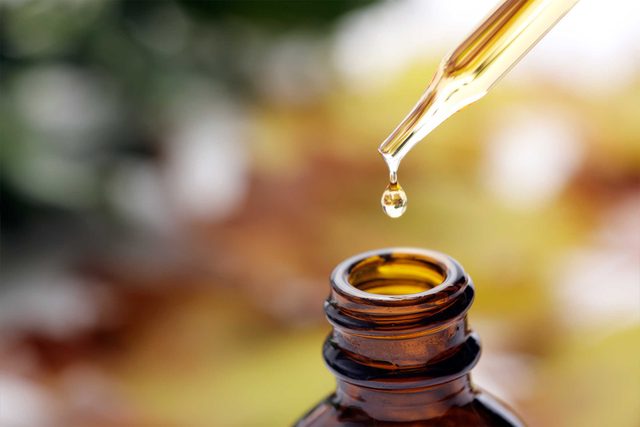
Tea tree oil
Tea tree oil is one of the most well-studied oils and has many uses in dermatology, according to Dr. Amin. This powerful antiseptic and antifungal oil is made from the leaves of the tea tree (not from the common tea plant, which is used to make green teas and black teas). For an effective home remedy for acne—and a gentler alternative to benzoyl peroxide—try mixing three to five drops of tea tree oil with 20 to 40 drops of witch hazel. And its benefits extend well beyond beauty. From softening cuticles to treating athlete’s foot, tea tree oil is a medicine cabinet must-have.
(Related: Extraordinary Ways To Use Tea Tree Oil)
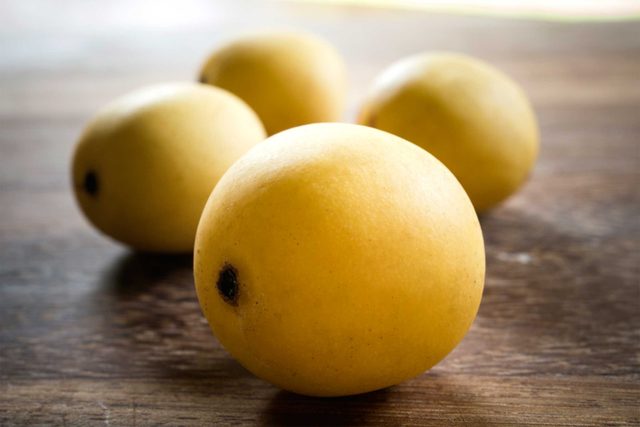
Marula oil
Extracted from the nuts of marula trees, this nutrient-rich oil has been a staple in Africa for centuries—used both for food and skincare. “Marula oil contains many nutrients, antioxidants, and fatty acids that make it superbly hydrating, which is ideal for dry and aging skin types,” Dr. Amin says. “It also has antimicrobial properties and helps balance sebum production, which is extremely beneficial for acne-prone complexions.” his amazingly absorbent oil penetrates deeply to nourish skin and restore elasticity and radiance. So it should come as no surprise that it’s a key ingredient in many youth-boosting and acne-fighting beauty products, such as Drunk Elephant Virgin Marula Luxury Facial Oil.
(Related: 21 Dry Skin Home Remedies to Add to Your Beauty Routine ASAP)
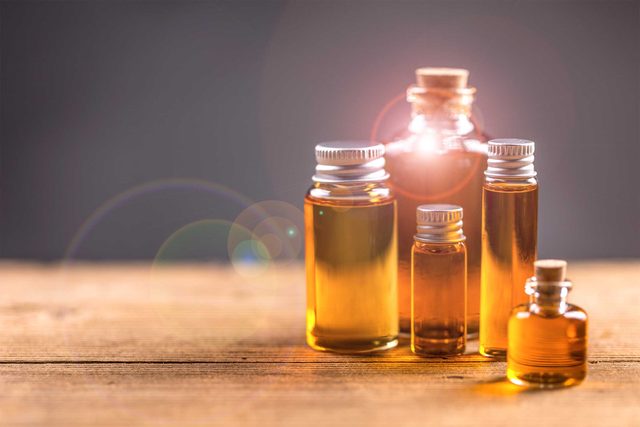
Camellia japonica oil
Camellia japonica oil (also known as tsubaki or Japanese tea oil) is one of Asia’s best-kept anti-aging beauty secrets. For centuries, women in Japan and China have relied on this lightweight oil—extracted from the red flowers of the Camellia japonica plant—to keep their skin soft and youthful. “Tsubaki oil is a great source of antioxidants, oleic acid, and omegas, which provide moisturizing, firming, and free radical-fighting benefits,” Dr. Amin explains.
Next: 19 Ways Dermatologists Wake Up With Younger-Looking Skin
